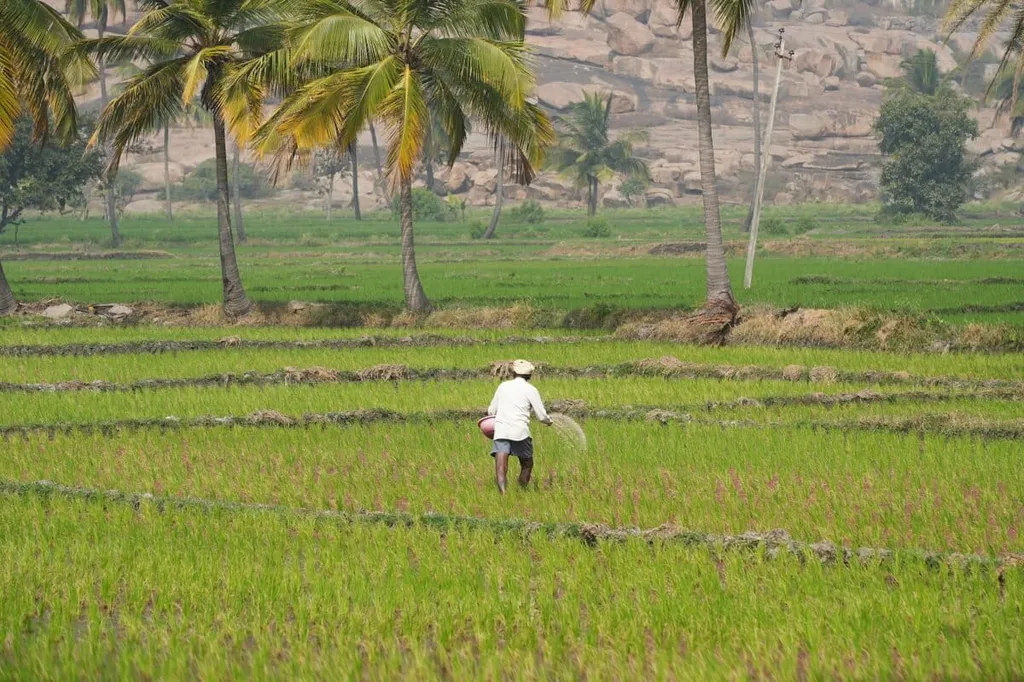In the quest to mitigate climate change, carbon farming has emerged as a promising strategy, offering financial incentives for farmers to adopt sustainable practices. However, the success of carbon credit projects (CCPs) hinges on farmers’ trust in the stakeholders involved. A recent study published in *Current Research in Environmental Sustainability* sheds light on this critical issue, providing valuable insights into how farmers perceive the various actors in the carbon credit ecosystem.
The study, led by Vinaya Kumar Hebsale Mallappa, an Assistant Professor at Keladi Shivappa Nayaka University of Agricultural and Horticultural Sciences in Karnataka, India, surveyed 500 rice- and livestock-based farmers in southern India. These farmers represent the two most significant sources of agricultural emissions. The research team used a perception matrix to evaluate farmers’ trust in eight key functions: participation, information, training, inclusiveness, payment transparency, understanding of farmer realities, and overall trust.
The findings reveal a clear hierarchy of trust among the various stakeholders. State Departments of Agriculture, Horticulture, and Animal Husbandry topped the list, with a composite score of over 3.9 out of 5. Farmers expressed strong confidence in these departments’ technical advice, inclusive training, and fair handling of carbon credit payments. “Public extension agencies, KVKs, and progressive farmers together constitute the trust infrastructure for credible and transparent carbon credit implementation,” Mallappa emphasized.
Progressive farmers and agricultural universities, including Krishi Vigyan Kendras (KVKs), formed the next tier, valued for peer demonstration and science-based support. Private companies, input dealers, and farmer-producer organizations were considered moderately reliable, while international organizations and non-governmental organizations ranked lowest due to limited village-level engagement and unclear benefits.
One of the most striking findings was the universal concern about financial transparency. Across all actors, this function scored the lowest, highlighting a critical area for improvement. As Mallappa noted, “Embedding State Departments as nodal agencies and mandating transparent, Direct Benefit Transfer payments would institutionalize trust and accountability in future carbon projects.”
The commercial implications of this research are significant. For carbon credit projects to succeed, they must be designed with farmers’ trust in mind. Project proponents can use the perception matrix framework to decide whether to deliver services through trusted public agencies and farmer networks or invest in correcting misperceptions. By aligning implementation with high-trust actors locally and publishing auditable payment schedules, CCPs can accelerate the adoption of carbon farming practices, reduce disadoption, and enhance the effectiveness of India’s forthcoming voluntary carbon market.
This study not only provides a roadmap for building trust in carbon credit projects but also underscores the importance of understanding farmer perceptions in the broader context of agricultural innovation. As the world grapples with the challenges of climate change, insights like these will be crucial in shaping policies and practices that truly benefit farmers and the environment.

